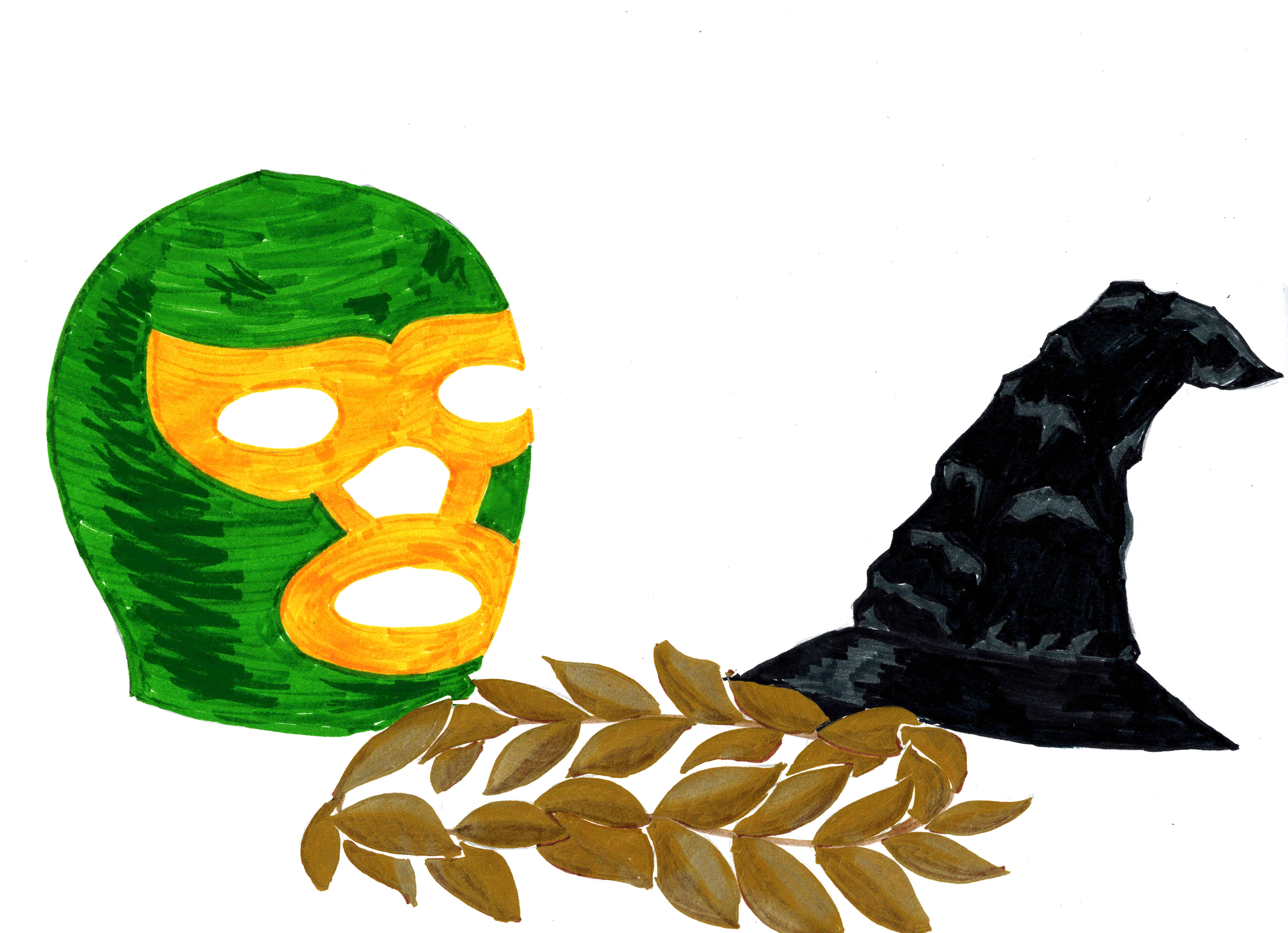As the political correctness wave sweeps across university campuses, oozes into the cracks of society, and percolates up through the holes in our legal system, one of its more garish manifestations has been the emergence of ‘Halloween police’ — although a more appropriate term might be ‘Halloween vigilantes.’
The Internet is replete with lists of unacceptable costumes, along with tortured explanations of why seemingly innocuous getups like the Pocahontas costume — likely often worn in tribute as Pocahontas is one of the more well-known heroines of history — are in fact deeply racist and offensive, even ‘harmful.’
Whenever I read about a university scandal over ‘racist’ costume parties, the first thing that springs to mind isn’t whether there is anything wrong with specific costumes, or what kind of costumes are or aren’t racist stereotypes. Although I do feel that there are many non-racist, tasteful, and even honorific ways to pull off culture-themed Halloween costumes — and that the social justice warrior movement’s inability or unwillingness to acknowledge this distinction is a major problem — I find that, in this context, a more appropriate question is: why is it anyone’s business what someone somewhere wears to a costume party?
Take, for example, the recent fracas over a costume party — some Queen’s University students at an off campus party dressed as groups of Buddhist monks, Viet Cong soldiers, and Saudi Sheiks. There was a public outcry after photos were released online, and Queen’s Principal Daniel Woolf announced gravely that the university will be “taking the matter very seriously.” The Alma Mater Society has also clamoured for action, citing the usual concerns about students feeling “uncomfortable” and “unwelcome.”
Disturbingly, the university indicated in an official statement that it may take action regardless of the fact that the costumes were worn to a private, non-university party — a crucial detail which has been, unsurprisingly, ignored by commentators who decry the actions of the party-goers and the mainstream media. Queen’s will “take appropriate measures to address [the] concerns… if this event falls within the scope of Queen’s Student Code of Conduct,” the university declared, emphasizing that “the Code of Conduct is applicable to students’ off-campus conduct in certain circumstances.”
“These events undermine Queen’s ability to provide a welcoming and respectful campus environment… We need to have an open and productive dialogue about race and racism on campus,” said Alma Mater Society Vice-President Carolyn Thompson. Yet, given that the party was held off campus, its relevance to on campus racism is unclear.
Privacy and personal autonomy aside, was the party ‘shockingly’ racist? Some aspects of the costumes were certainly dubious; the rice hats worn by the group dressed as Viet Cong, for example, had a decidedly racist feel to them, but fell well short of ‘shocking’ to my mind at least. The Buddhist monk costumes were hardly stereotypes — religious groups, indeed any groups that display uniformity in outward appearance, are hardly the victims of generalization when associated with their characteristic garb.
As for the Saudi Sheik costumes, the argument that these costumes victimized an already oppressed minority does not fit; in fact, they are some of the most powerful and oppressive people in the world. There is absurdity in fretting over a ‘marginalized group’ that spent $87 billion of oil money on its military.
Among the endless outcries over ‘racist’ costumes, the overall ratio between serious concerns and indiscriminate nonsense, it seems to me, is heavily skewed toward the nonsense. The official ‘no-nos’ include sexy outfits, prison jumpsuits, Trump masks, and, of course, the traditional accoutrements of any culture or religion whatsoever.
This practice has quite serious consequences. Decrying any and all reproductions of minority culture as racist not only neglects the crucial need for rational, objective evaluation of individual cases, it also cheapens legitimate concerns about actual racism, which become lost amid the maelstrom of exaggerated outrage over costumes.
As people become more accustomed to virtually everything being objected to for some reason or another, they start to tune out the constant cries of ‘wolf.’ When truly racist incidents occur, the resultant outrage, — having become the rule rather than the exception — may well lose some or all of its power to rouse public indignation.
What clothes are worn by some people in a house in Kingston is no business of mine, yours, the university’s, the Alma Mater Society’s, or anyone else’s. That this point has to be made at all, let alone defended, bodes ill indeed for the future of privacy in the era of political correctness.
Simon Capobianco is a fourth-year student at Woodsworth College studying Bioethics and Mathematics.


